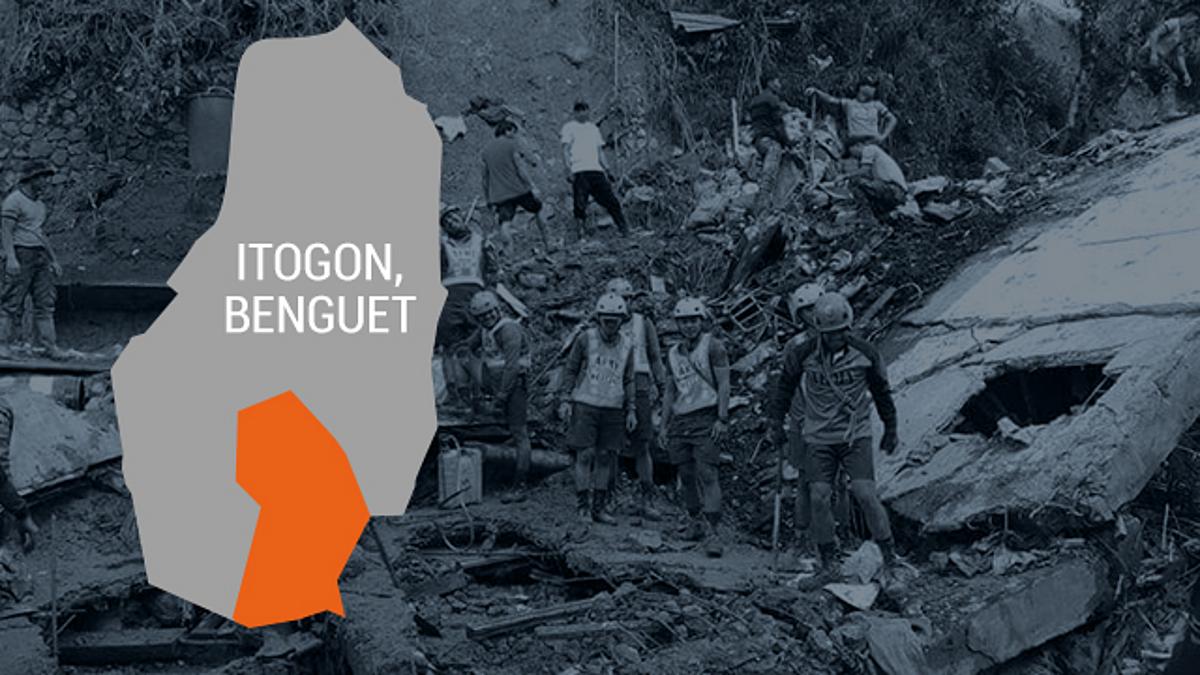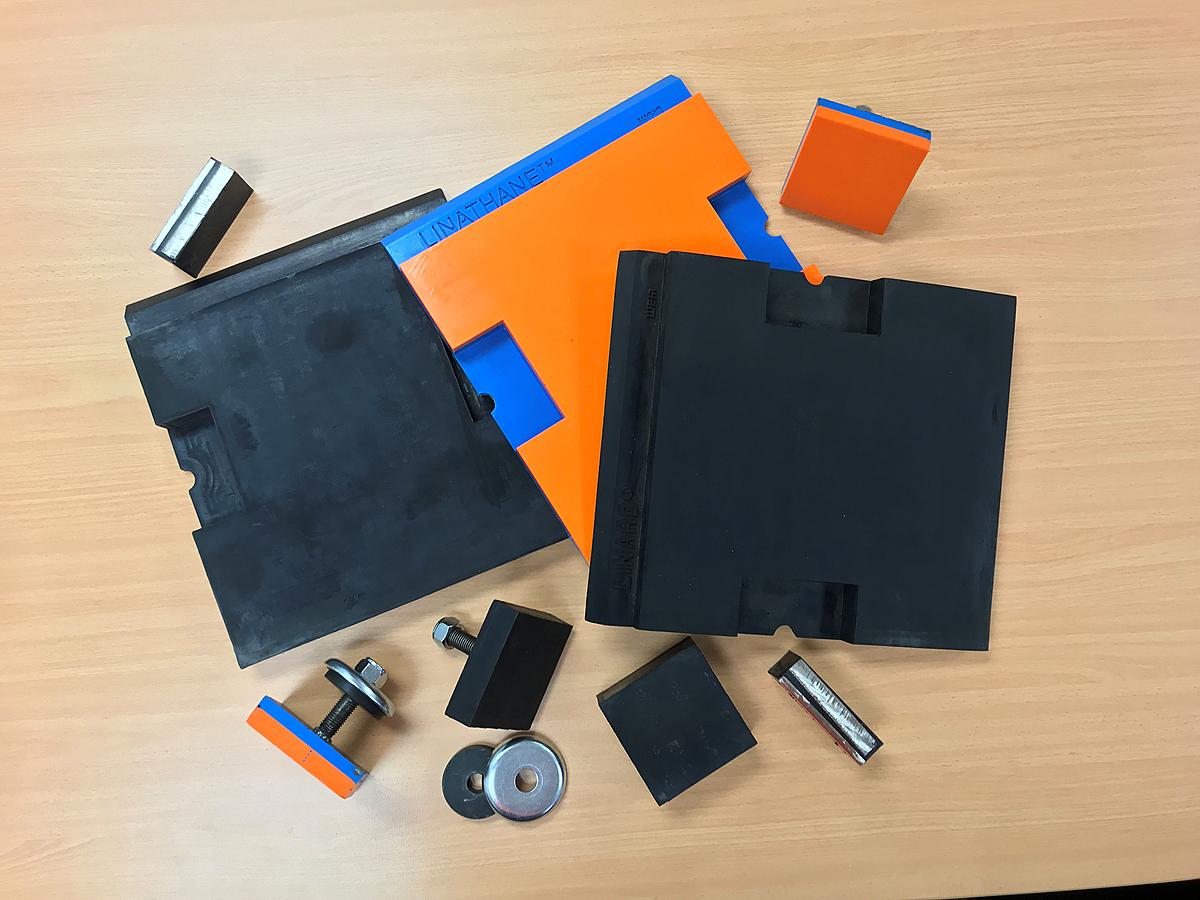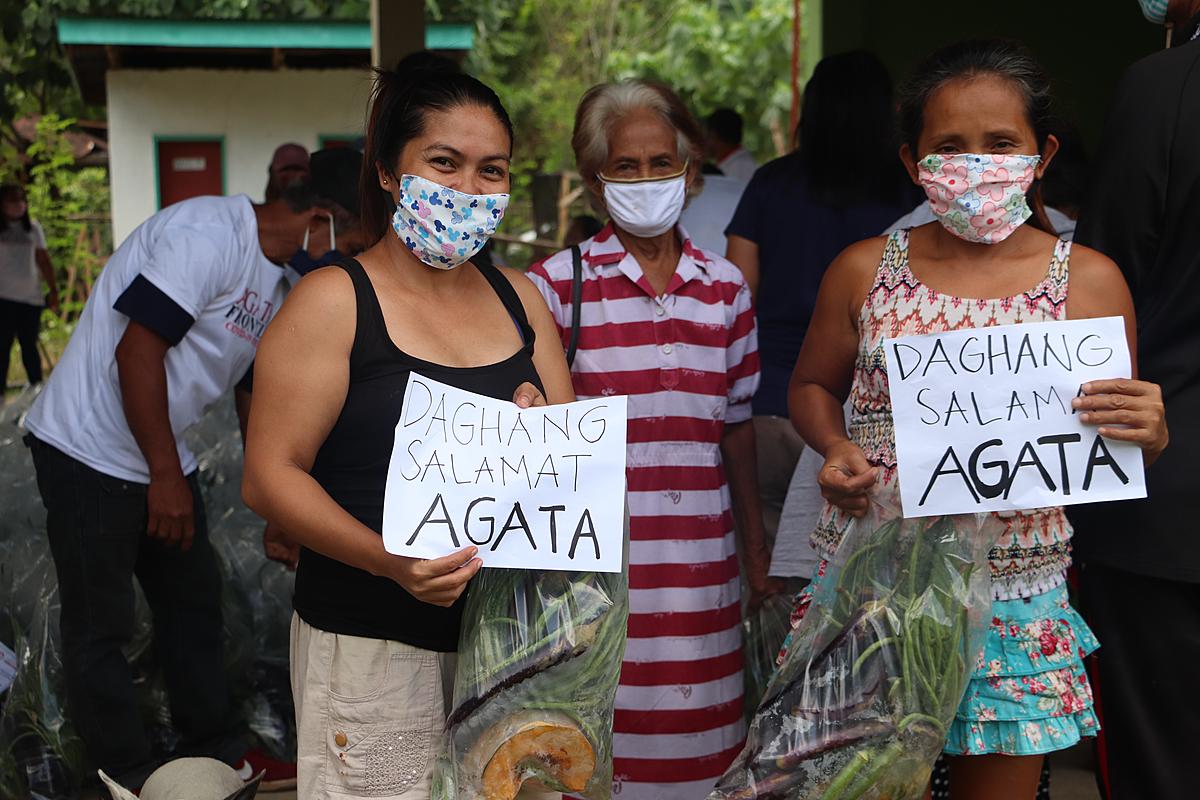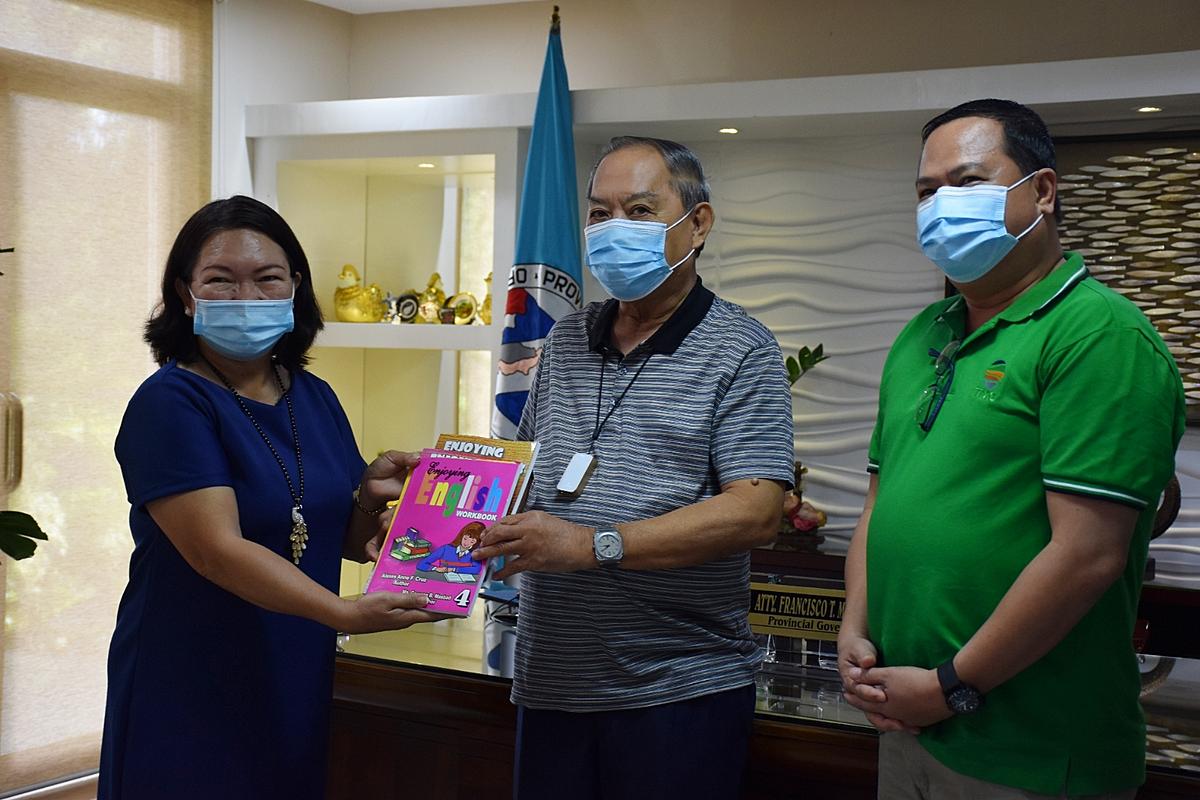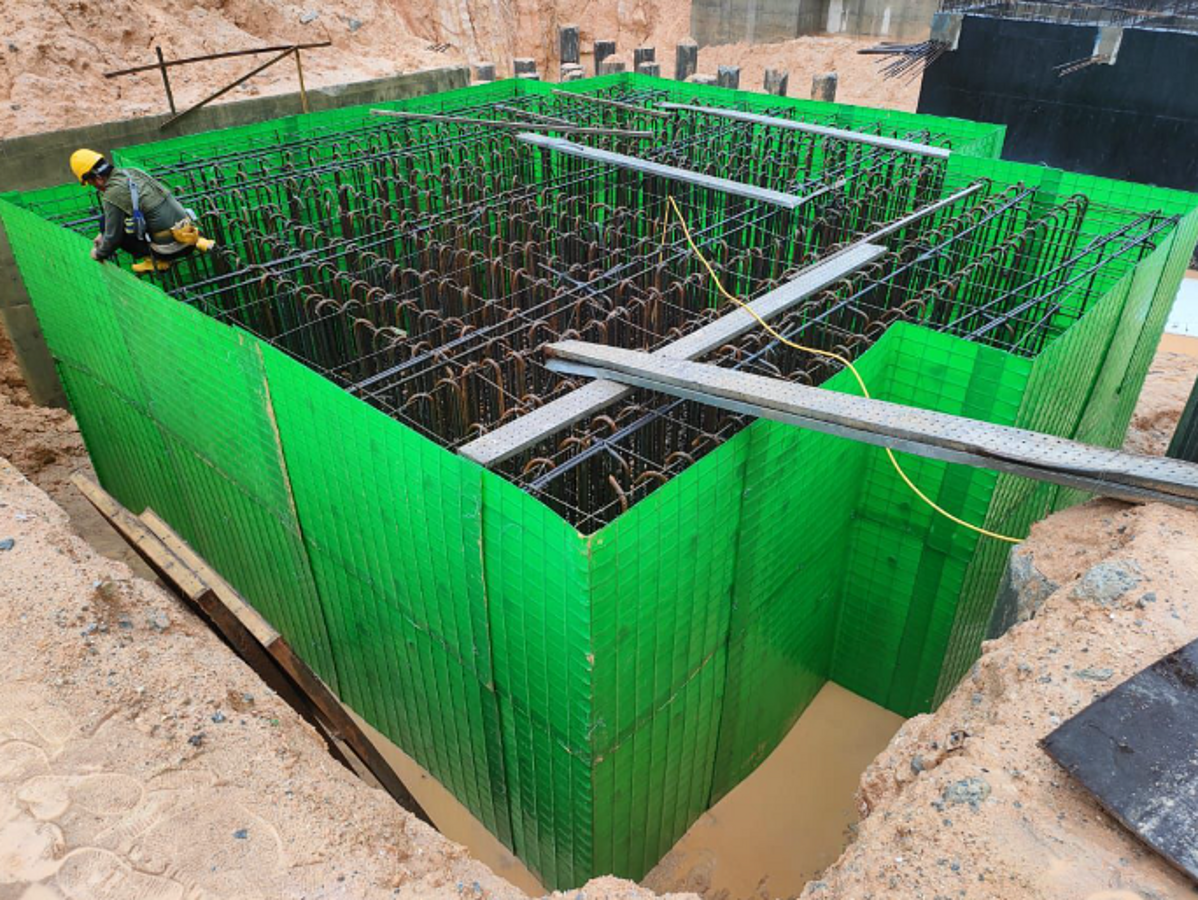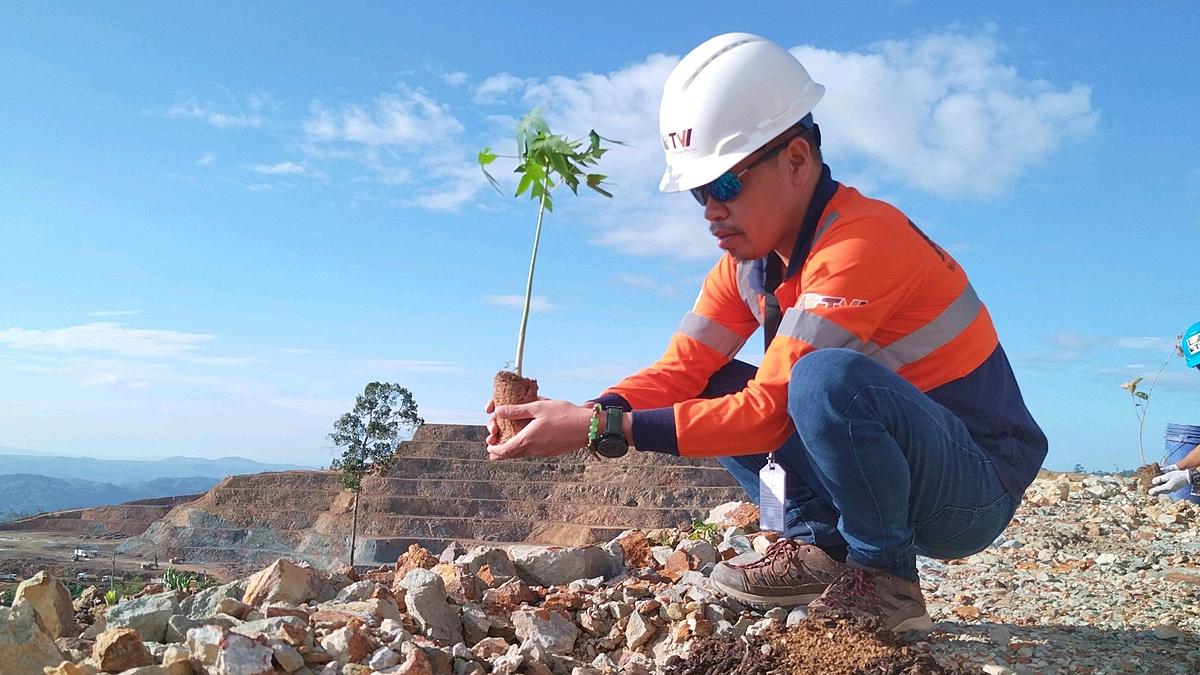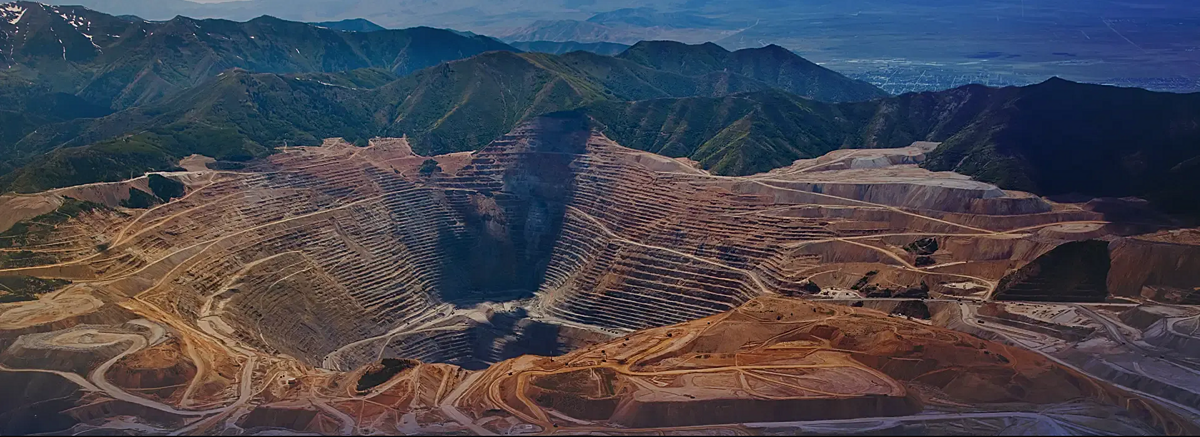By Marcelle P. Villegas
September 2018 was a tragic, difficult month for the Philippine mining industry because heavy rains resulted in landslide in the Mountain Province region. Several small-scale miners died during the landslides in Itogon, Benguet. Other than being part of the headlines at that time, it also placed the mining industry under scrutiny or even misjudgment by many. What are the possible causes of the landslides? Is mining responsible for this incident? How can the science experts help in preventing this incident from happening again?
During the GeoCon 2018 last December, a study was presented with the title “Landslides in Itogon, Benguet: The triggers and Causes” with authors M. Madrigal, L. Manzano, R. Agot, et al. From their study and through investigation, this is what happened that day.
It was around 1:00 in the afternoon on 15 September 2018 when a small-scale mining community in Sitio First Gate, Barangay Ucab, Municipality of Itogon was devastated by a massive debris flow. The study reported that the debris materials originated from the northwestern slope of a ridge that was composed of highly weathered, altered and fractured diorite, andesite and pyroclastic rocks. At the western side of the slip, there was a high discharge flow of a creek, a tributary of Liang River. This aggravated the ground failure.
“It pushed the the debris flow materials farther towards the chapel and portal of an old tunnel level 070 of Benguet Corporation,” according to the report. The debris flow affected around 2.0 hectares downslope. There were other areas that also experienced massive landslides like the following barangays: Ampucao, Loacan, Gumatdang, Poblacion, Ucab and Virac.
It was reported that 87 people died and 12 were missing (DILG-CAR) as of 29 September 2018. Based on the rainfall data of PAGASA, the Province of Benguet received 250.2mm and 535.6mm of rainfall within 24 hours that was caused by Typhoon Ompong on September 14 and 15 respectively. Normally, there is a 10mm threshold for ground failure/mass movements to occur.
The study of this incident was conducted by having a methodology that employed anecdotal accounts, geological and geohazard assessment, Ground Penetrating Radar (GPR) Survey and drone mapping. The technical team from Mines and Geosciences Bureau-Central Office and Regional Office - Cordillera Administrative Region (CAR) conducted a delineation of critical areas/danger zone and assessment of small-scale mining communities.
The results revealed that the debris flow in the barangays are natural phenomena that was triggered by abnormally heavy rainfall that affected critical slopes underlain by highly fractured, altered and weathered rocks. GPR images also revealed that the areas are unstable and not suitable for permanent habitation and other developments. Moreover, the landslide incident were enhanced by human activities like removal of forest vegetation, small-scale mining operations, and development along unstable slopes and on ridges.
Findings and observations:
1) Rainfall
2) Geology and Geomorphology
3) Anthropogenic processes
Recommendations:
1)The team strongly recommends for the immediate relocation of small-scale mining communities away from areas delineated in critical zone with active landslides.
2) The concept of Minahang Bayan may be applicable in some areas but permanent habitation or settlement within the area of mining operation should not be allowed. Illegal mining should be stopped.
3) LGU to provide alternative and stable source of living for small-scale miners.
4) Consider expert opinion of geotechnical engineers along with in-depth studies in finding appropriate relocation sites.
5) Fault or lineament map of DOST-PHIVOLCS should be considered in the identification of relocation/settlement sites.
6) Warning signs should be installed along all road sections that were affected by the recent landslide.
7) Abandoned tunnels by small-scale mines should be backfilled immediately.
8) Choked sections of river channels should be declogged soonest to prevent artificial damming.
9) Prohibit slope loading by disposing muck or rock waste as well as heavy infrastructure development.
10) Revegetation of slopes is highly recommended.
Reference:
Mines and Geosciences Bureau, Department of Environment and Natural Resources
Acknowledgement:
Atty. Fernando Penarroyo, Geological Society of the Philippines

